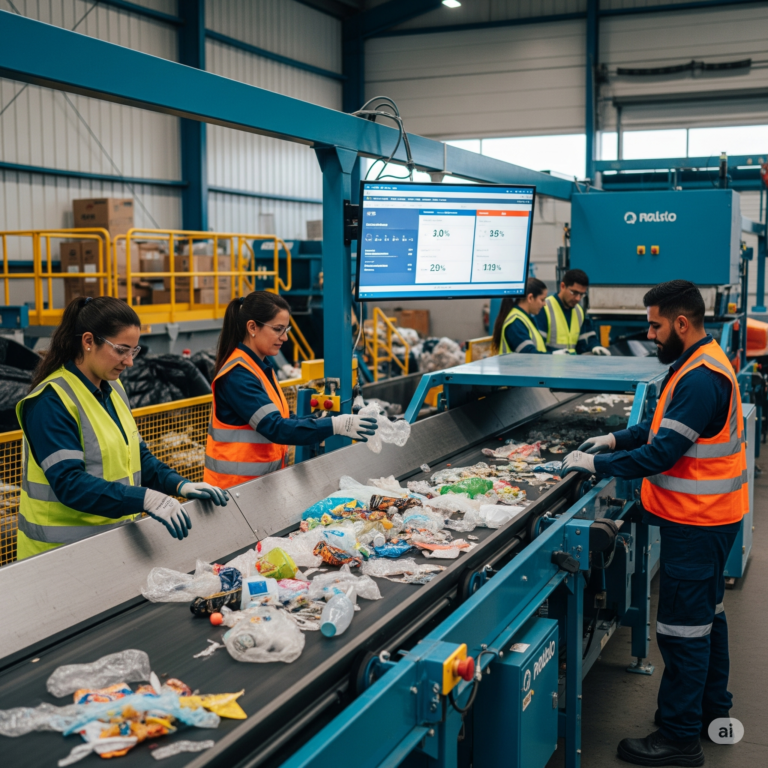The fashion industry is undergoing a digital transformation, with the rise of NFTs (Non-Fungible Tokens) offering a unique opportunity to bridge the gap between physical and digital realms. By integrating NFTs with physical products, brands can create exclusive digital assets that enhance the ownership experience, foster community, and unlock new avenues for revenue generation.
Understanding NFTs in Fashion
NFTs are unique digital assets that represent ownership of a specific item. In the context of fashion, NFTs can represent:
- Digital Copies of Physical Garments: A digital twin of a physical garment, offering a unique digital collectible to the owner.
- Exclusive Access and Experiences: NFTs can grant holders exclusive access to events, brand communities, and personalized services.
- Proof of Authenticity: NFTs can serve as proof of authenticity for luxury items, combating counterfeiting and ensuring provenance.
- Interactive Experiences: NFTs can unlock interactive experiences, such as augmented reality (AR) try-ons, virtual fashion shows, and gamified rewards.
Benefits of Integrating NFTs in Fashion
- Enhanced Brand Value: NFTs can elevate brand perception by offering exclusive and collectible experiences, increasing brand desirability.
- Increased Customer Engagement: NFTs foster stronger customer relationships by creating a sense of community and exclusivity.
- Revenue Diversification: NFTs provide new revenue streams for brands, such as through primary sales, secondary market royalties, and licensing opportunities.
- Combating Counterfeiting: NFTs can help combat counterfeiting by providing verifiable proof of authenticity for luxury items.
- Data-Driven Insights: NFTs can provide valuable data on customer preferences and behavior, enabling brands to make more informed decisions.
Examples of NFT Integration in Fashion
- Luxury Brands: Luxury brands are leading the way in NFT integration, offering exclusive digital assets to owners of their physical products. For example, Gucci has launched a virtual sneaker collection that can be paired with physical footwear.
- Streetwear Brands: Streetwear brands are leveraging NFTs to create exclusive digital drops, fostering community among their most loyal fans.
- Independent Designers: Independent designers are using NFTs to showcase their creativity and connect with new audiences, offering unique digital collectibles alongside their physical garments.
Challenges and Considerations
- Scalability: Integrating NFTs into existing supply chains and customer experiences can be complex and challenging to scale.
- Volatility: The cryptocurrency market, which underpins NFTs, is highly volatile, which can impact the perceived value of NFT-based offerings.
- Environmental Impact: The energy consumption associated with blockchain technology raises environmental concerns.
- Regulatory Uncertainty: The regulatory landscape around NFTs is still evolving, creating uncertainty for businesses and consumers.
- Consumer Education: Educating consumers about the benefits and risks of NFTs is crucial for widespread adoption.
The Future of NFTs in Fashion
The future of NFTs in fashion is promising, with the potential to revolutionize the way we experience and interact with luxury goods. As technology continues to evolve, we can expect to see even more innovative and immersive NFT-based experiences, blurring the lines between the physical and digital worlds.
Conclusion
NFTs are transforming the fashion industry, offering exciting new possibilities for brands and consumers. By leveraging the power of blockchain technology, brands can create unique and engaging experiences that enhance the value and exclusivity of their products. While challenges remain, the integration of NFTs into the fashion world has the potential to revolutionize the way we experience and interact with luxury goods, creating a more immersive and personalized experience for consumers.
Frequently Asked Questions (FAQs)
- What are NFTs?
- NFTs are unique digital assets that represent ownership of a specific item, such as a piece of art, a collectible, or1 a digital fashion item.
- How can NFTs be used in the fashion industry?
- NFTs can be used to create digital twins of physical garments, grant exclusive access to experiences, and provide proof of authenticity.
- What are the benefits of integrating NFTs in fashion?
- Enhanced brand value, increased customer engagement, revenue diversification, combating counterfeiting, and data-driven insights.
- What are the challenges of using NFTs in fashion?
- Scalability, volatility, environmental impact, regulatory uncertainty, and consumer education.
- How can brands ensure the sustainability of NFT-based initiatives?
- By using energy-efficient blockchains and offsetting their carbon footprint.
- What are the potential risks associated with NFTs?
- Price volatility, security risks, and the potential for scams.
- How can brands educate consumers about NFTs?
- By providing clear and concise information about NFTs and their benefits.
- What is the role of blockchain technology in NFT-based fashion?
- Blockchain technology provides a secure and transparent way to record and verify ownership of digital assets.
- How can NFTs enhance the customer experience?
- By offering exclusive access to events, personalized services, and interactive experiences.
- What is the future of NFTs in the fashion industry?
- The future holds the potential for even more immersive and interactive NFT-based experiences, such as virtual fashion shows and metaverse integrations.
- How can brands ensure the authenticity of NFTs?
- By working with reputable blockchain platforms and implementing robust security measures.
- What are some examples of brands using NFTs in fashion?
- Gucci, Nike, and Louis Vuitton are some examples of brands that have experimented with NFTs.
- How can NFTs help combat counterfeiting in the fashion industry?
- By providing verifiable proof of authenticity for luxury items.
- What is the role of customer education in the successful adoption of NFTs in fashion?
- Educating consumers about the benefits and risks of NFTs is crucial for building trust and driving adoption.
- How can the fashion industry address the environmental impact of NFTs?
- By using energy-efficient blockchains and exploring sustainable blockchain solutions.












+ There are no comments
Add yours